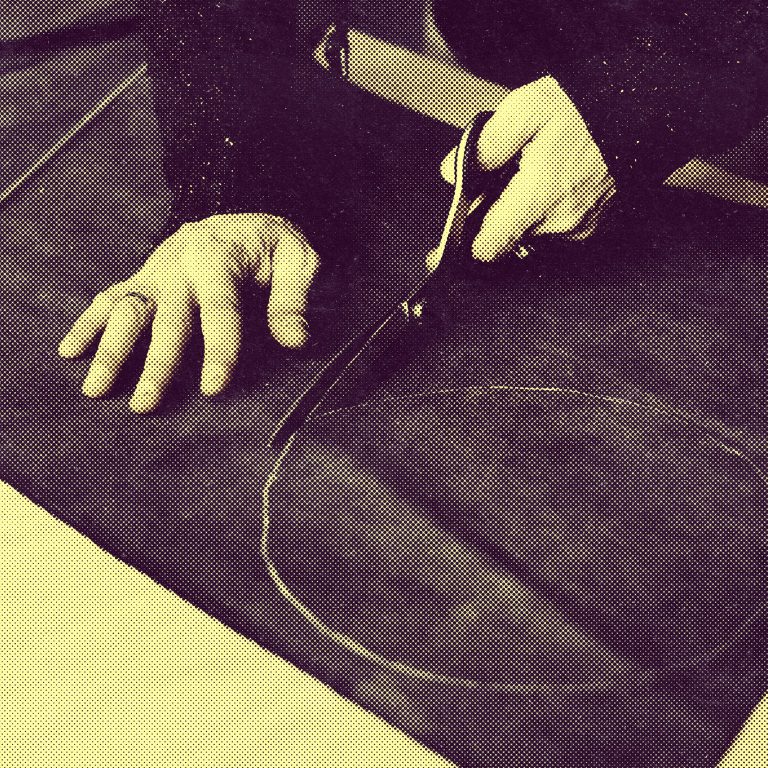
About us
More on Fashion Alive
As “fast fashion” becomes more accessible and available, the repercussions of such a production and consumption model are tremendous, with significant impact on our planet, environment, society and future. As Fashion Alive, we’ve come to recognize the pressing need to move away from fast fashion.
Developing a sustainable and positive fashion landscape is becoming imperative on a global scale, but the path towards sustainable fashion remains ambiguous and hard to achieve in most cases.

Collaborative Impact
Addressing this issue needs international collaboration: it is only through joint efforts and local impact that we can raise awareness and transfer knowledge and methodologies.
Collaboration at a European level is required to combine different sources of expertise and present solutions in a unified and diverse way, with direct impact on each of the participating countries, as well as indirectly on the rest of Europe.
We will be providing access to project developments and results thanks to our online dissemination activities an will be relaying our experiences each step of the way.
SPEAKING OF STEPS...
Here's a brief roadmap of what we've set out to accomplish.
1. ZERO WASTE
Our lead partner CREAMODITE developed experimental methods to reach a so called Zero Waste Fashion concept.
This goal was achieved by generating knowledge on new systems to design clothes producing zero or little waste when manipulating the materials and garments.
Considering that roughly 15 percent of the fabric is discarded when a typical garment is made, the cumulative effect of leaving behind no waste has far-reaching environmental consequences. Zero Waste is also about working within those constraints to invent beautiful new forms of fashion.


UMINHO centred their creations around sustainable materials and the concept of Circular Fashion. Experimenting with new business models that allow for the reuse of discarded fabrics by the textile and apparel industry will create a precedent for such a model.
This approach also entailed the development of means to extend the life of stopped fabrics, stockpiles, clothes cuts leftovers or small rolls of fabric and scraps; enabling them to circulate again and extending their life cycles.
In order to use preexisting clothing, accessories or other items and restructure them into new garments, a collection and awareness campaign was launched: increasing the the conscientious disposal of end-of-life clothing. A collection of 15-20 experimental pieces and prototypes that use recycled fabrics, was exhibited in the second stage of the project.
3. CULTURAL HERITAGE
UNICAMPANIA provided input through their research on experimental sustainable fashion from a cultural heritage perspective. This process involved the analysis of the craft textile manufactures typical of the Campania region in Italy, and the heritage frame of the ancient textile techniques.
By connecting knowledge – such as contemporary art, textile manipulation, advanced manufacturing processes – the work investigated an experimental circular fashion system through the hybridization of particular artisanal techniques and software, in order to develop new creative industries, with the aim of spreading a trans-disciplinary and digital fashion culture among stakeholders as well as citizens.


4. LET'S PUT ON A SHOW!
Following such intense research, work and creation, the only logical next step would be to show the world what we’ve done. What better way to promote sustainable fashion, than to put on a show.
Each partner city hosted a fashion show, with video mapping installations and the results of the works on display. The events themselves took place in 2 separate days: one with the fashion exhibition & artistic show (performing arts, urban dancing, video projections, light and sound structures, etc.) and the other one with a series of round-tables and debates to discuss relevant topics and engage the audience to participate in the process.